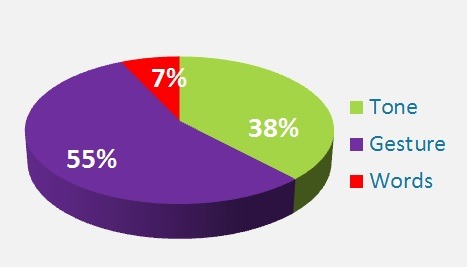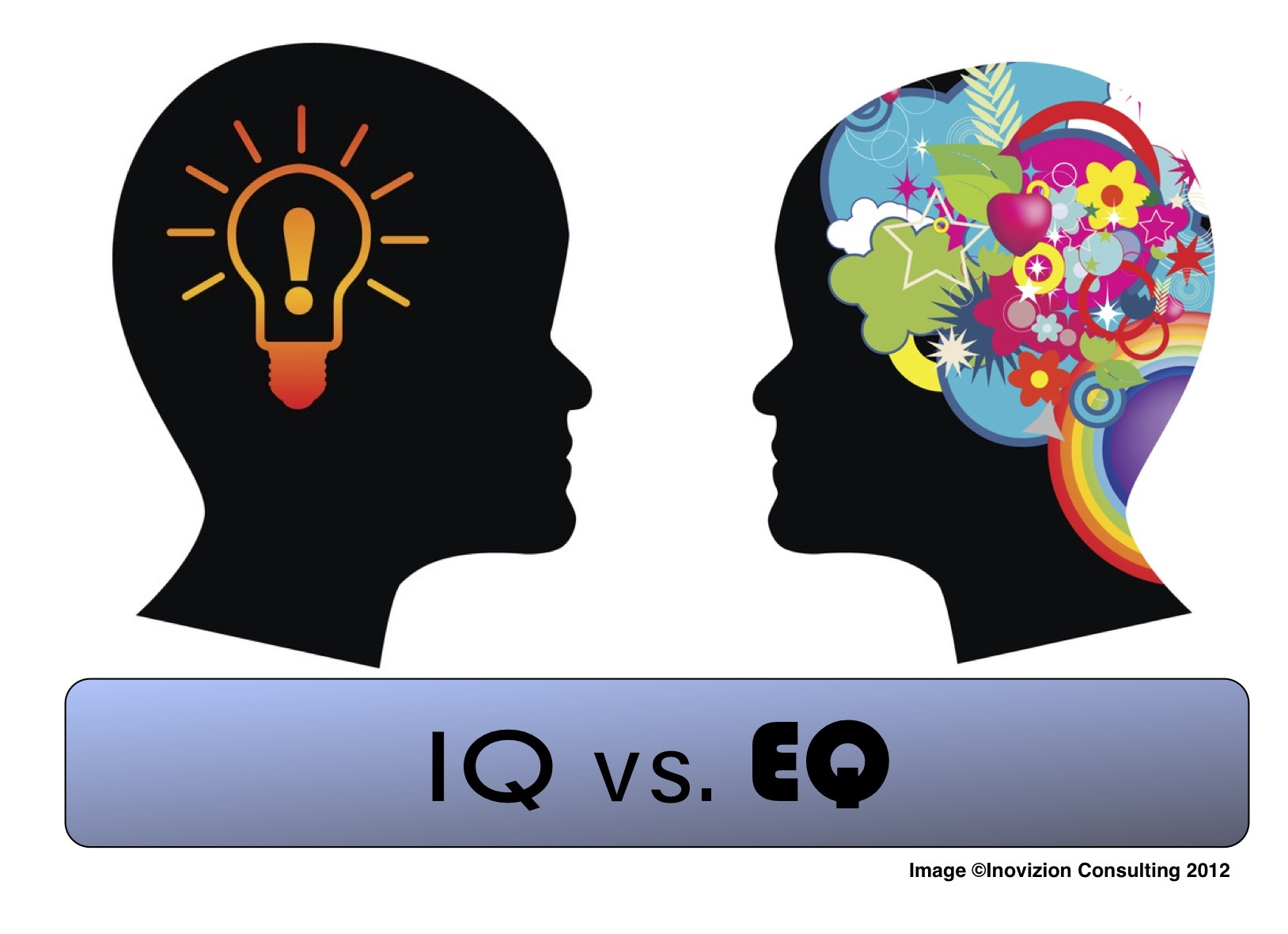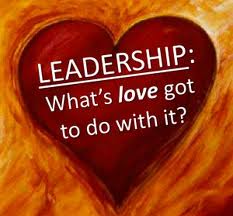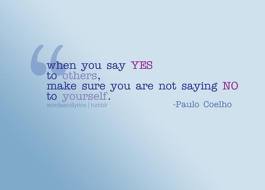Be Aware, Express and Manage your Emotions
Why Exploring Emotional Intelligence?
 We are holistic beings and emotions like our mental or physical states make us who we are…With their continuous research on Emotional Intelligence, Salovey and Mayer paves way to model of Emotional Intelligence partially redefining it as “The ability to perceive emotion, integrate emotion to facilitate thought, understand emotions and to regulate emotions to promote personal growth.”
We are holistic beings and emotions like our mental or physical states make us who we are…With their continuous research on Emotional Intelligence, Salovey and Mayer paves way to model of Emotional Intelligence partially redefining it as “The ability to perceive emotion, integrate emotion to facilitate thought, understand emotions and to regulate emotions to promote personal growth.”
In the corporate environment, most of us deal with emotions in the following manner.
We do not recognize the verbal and non verbal communication signs of emotional reactions
We judge Emotions as Good or Bad, consequently negative emotions are the symptoms of an abnormal behavior
We still promote IQ vs EQ
We assume Emotions do not have a place in a work environment nor in re-engineering or process oriented initiatives
We think that showing Emotions makes us vulnerable
In a world constantly shrinking, hard skills are well mastered by most of us. We expect more than hard skills in leaders, we look for stronger relationships, for meaningful communication and for collaboration.
To make the difference in a competitive world, we cannot rely anymore on gaining more hard skills and education but on understanding how to use what we have acquired and communicate efficiently.
You can be the most brilliant scientist or the most intelligent executive and not bring the value your organization and your team are looking for. Indeed, while you focus strictly on your knowledge and your intelligence to perform, you miss to evaluate your behavior driven by your emotions. Many times, our emotions speaks for us without us noticing it. It greatly impacts our communication and collaboration with others. If you are not aware of your emotions, you might show up in a way that totally deserve you and your hard work. You better be able to recognize your emotions and to understand them in order to prevent any misunderstanding or worst lack of communication.
Time of delegation/execution is over and you will find yourself struggling to deliver if you cannot collaborate with others.
One things we want to keep in mind is that collaboration works well only when people needs are met.
Emotions are signals and they impact greatly your leadership abilities:
We learned to push away our emotions, to hide them or to let them sit for later…
Let me ask you this:
IF YOU ACCIDENTALLY PUT YOUR HAND ON A HOT COOK-TOP, WOULD YOU DISREGARD THE SIGNAL GIVEN TO YOU BY PAIN AND KEEP IT WERE IT IS? I doubt it…
By being aware of our emotions we simply listen to signals: anger or frustration can be called “emotional pains”, we understand not only our behavior but behaviors of people surrounding us. Behind an emotion there is always a thought; it is not unusual to pair an emotion to a thought based on limiting beliefs, interpretations, assumptions or fears. Awareness of this emotion will make you aware of the thought and then you will be able to choose the response you want to give consciously instead of being driven by automatic reaction linked to a past experience or a belief.
In a multicultural work environment it is more important to notice and observe your own and others people emotions expressed through gestures, postures or verbal communication. Indeed, it is easy to judge an individual by considering alone their behavior and not understand their motives.
Emotional intelligence is the kind of ability that can enable you to identify, assess, and manage emotions in a way that will serve you and your interlocutor. Emotional Intelligence (EQ) will ensure you to get things done and going in a common desired direction.
Emotions to Enhance your career, your life and your relationships:
Hidden and unexpressed emotions, which are individually manageable simply pile up in a part of your mind and your body. One day, those emotions become unmanageable, here come depression, anxiety, panic attacks, and other chronic diseases. Using emotional Intelligence will benefit you in many ways:
EQ helps to clarify communication
EQ to release catabolic energy
EQ will make you and other heard and understood
EQ will ensure that your behavior is aligned with what you say
Imagine how much more motivation and engagement you will get from having a clear and positive exchange with your team or your spouse. Imagine your life with less frustration and more pleasure. Imagine your level of productivity increasing by the simple fact of being heard and understood.






















